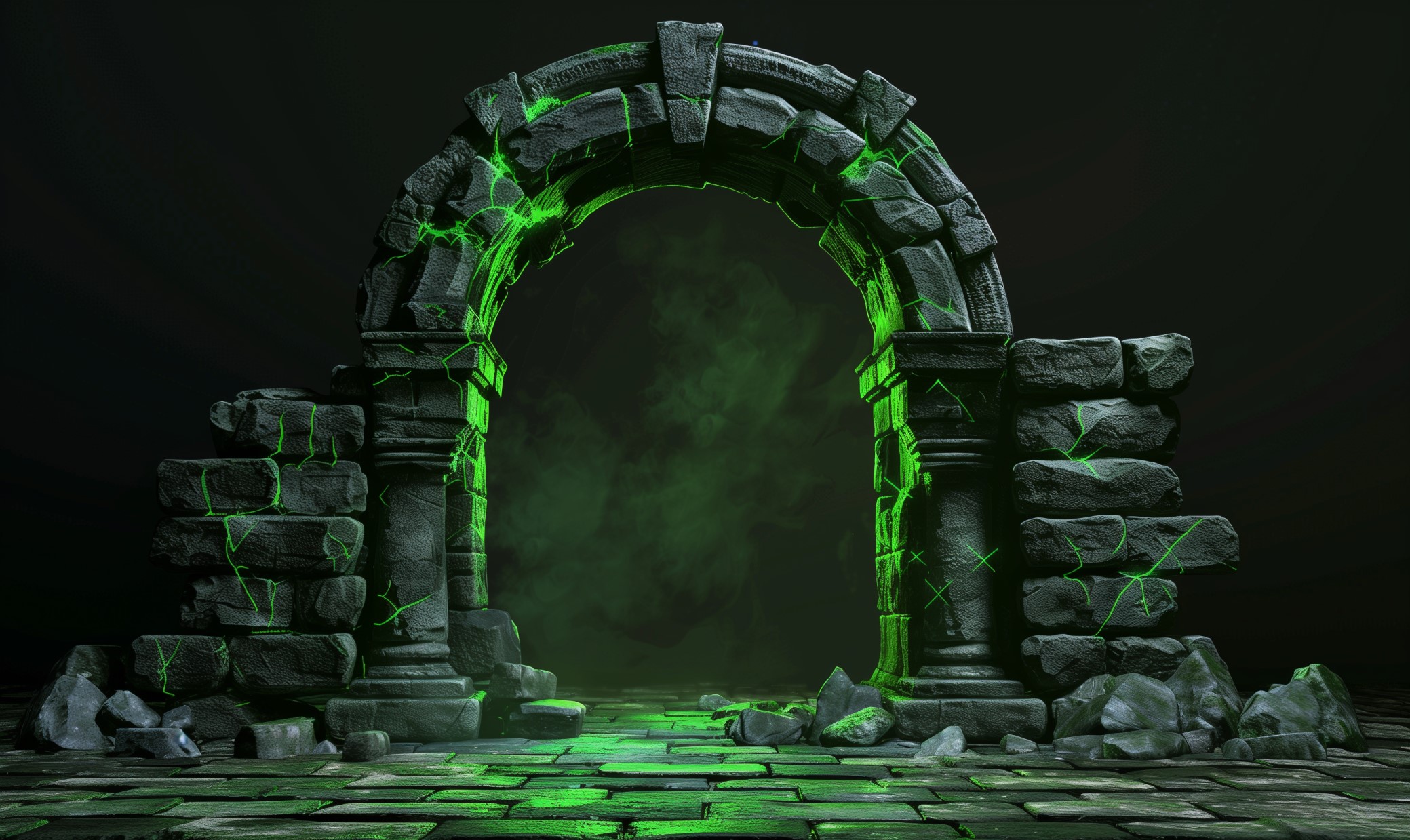When you hear domain, the first thing you think of might be a domain name — the string of characters, like “google.com” that you use to navigate to a specific website. So, what is a domain in a computer network?
The word “domain” also has another meaning in computer networking. Sometimes, networking software and tools will use the term to describe a group of users, computers or devices that can be accessed from the same server, with the use of the same rules or techniques.
These domains are important to the management of complex networks that use physical servers and other networking hardware.
What is a Domain in a Computer Network: The Basics of Network Domains
Simple network domains may consist of a few different devices, users or workgroups directly connected to each other. More complex network domains may include additional tech and tools that help network managers enforce security policies and keep data moving smoothly.
In most domains, there’s also usually a domain controller. This controller is a computer server that responds to certain requests on the domain and verifies that a user is who they claim to be. The controller is also responsible for storing user information and enforcing security policies across the domain.
Most often, you’ll find these kinds of domain controllers at organizations that still use Microsoft Windows for device and server management across a network.
For example, a large company network may have hundreds of users on the same domain. These users may have different security privileges, meaning that only some can access files, resources or devices with tight access settings.
The domain controller is the tech that actually enforces security policies — who can access what information, when and under what circumstances. If a user requests access to a certain file, the domain controller may be responsible for verifying them and checking if they have the right security permissions for file access.
Typically, network administrators will use these domain controllers to secure domain user data and manage user permissions.
This practice also helps network administrators keep track of different users on the same network. In the same way that you can rely on a specific domain name to bring you to the right website, domain user identification helps network admins know who is performing a specific action, using a resource or accessing a particular part of the network.
Alternatives to Network Domains
Changes in how businesses store and transmit data — like the growing adoption of cloud computing — mean that domains are slowly becoming obsolete. Businesses that adopt cutting-edge computer technology may not stick with domains for much longer, as domains are not always the best tools to use for identity management on the cloud.
However, like any kind of outdated computer tech, domains are likely to stick around well into the future.
Lower-tech businesses with less funds for upgrades or public organizations like mayor’s offices, schools or city councils may continue to use network domains even as more sophisticated tech becomes available.
Hybrid networks — which use both the cloud and local hardware — that interface with legacy tech may also need to continue using network domains. For example, Google maintains thorough documentation on how network managers can set up Microsoft Domain Controllers to work with Google Cloud.
Why Network Domains Remain Important
For network administrators who want to manage user permissions and keep files secure, network domains and domain controllers can be useful technology.
Traditionally, domains and domain controllers key technology for network management. New developments in networking tech have made them less essential. However, these domains are likely to remain relevant well into the future, especially in businesses or organizations that have to rely on legacy tech.
Recent Stories
Follow Us On
Get the latest tech stories and news in seconds!
Sign up for our newsletter below to receive updates about technology trends














